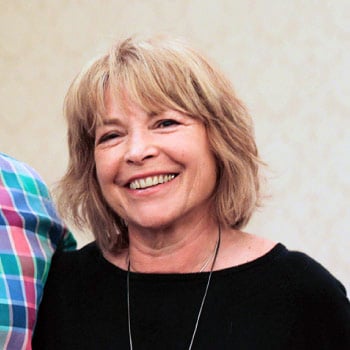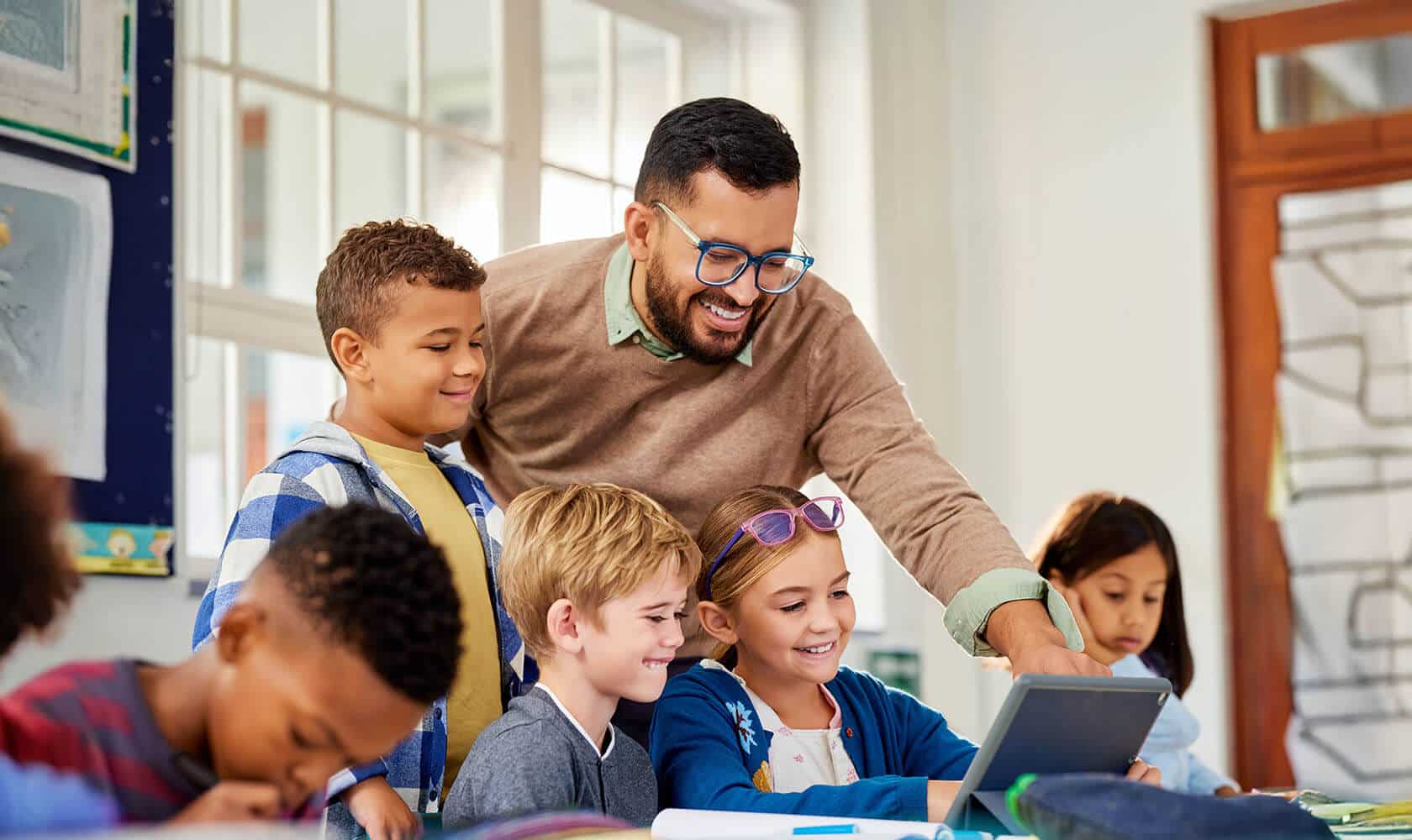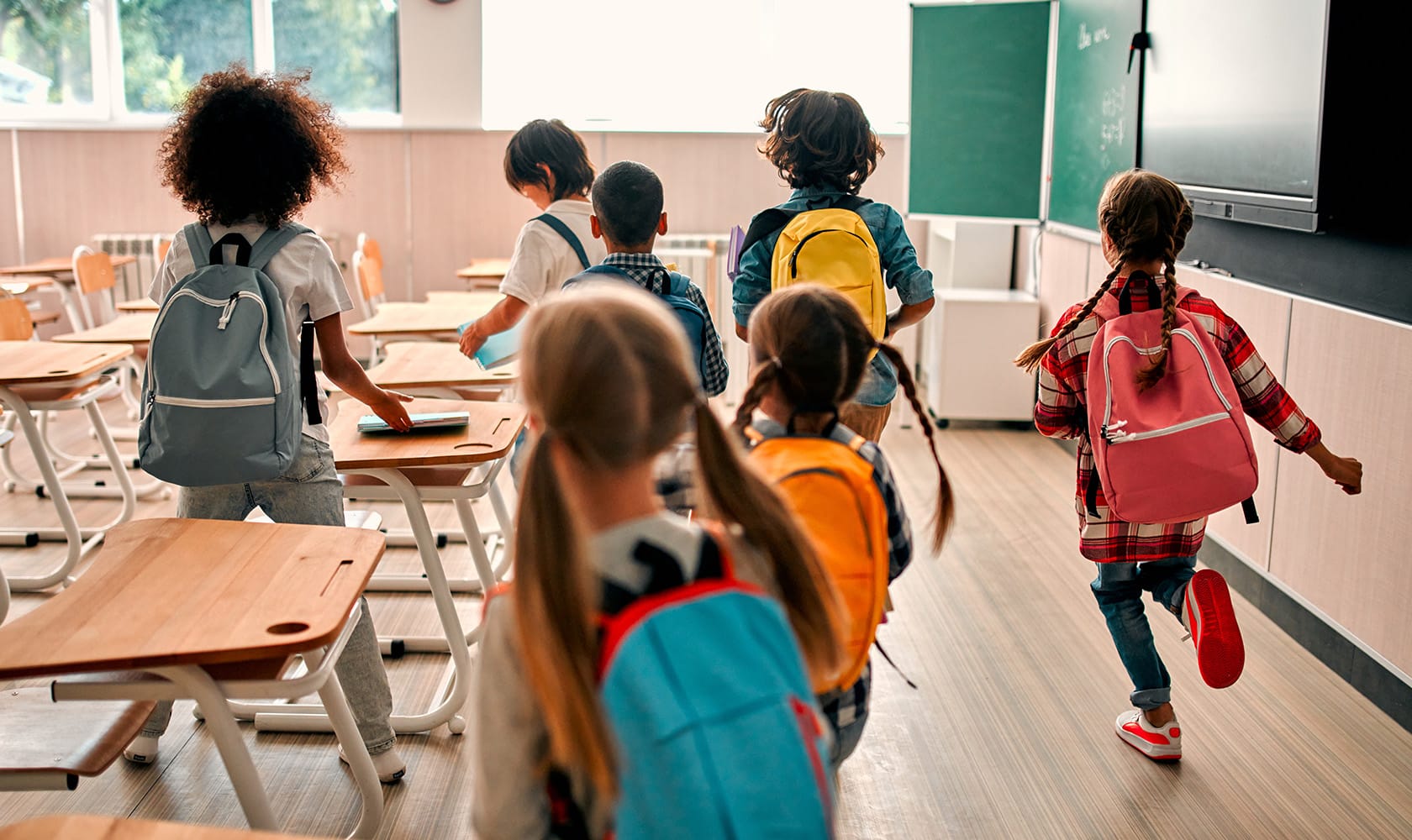June 9, 2020
Dr. Ann Skelcher
Lessons of the Past: Connection and Hope
As an educational leader, you’re working hard to establish at-home learning and anticipate the new normal. But there are some things you don’t need to figure out on your own. Educators who worked through crises such as the Sandy Hook school shooting, Hurricane Katrina, 9/11, and the fires in Slave Lake, Alberta, all spoke of their experiences in the hope that when the next crisis occurs, educators will be better equipped to navigate it. Amid this current crisis, these lessons have particular value.
1. Make the most of hope—it may be precious fuel for change
(Educators in post-Katrina New Orleans)
Texas superintendent Dr. Quintin Shepherd recently hosted a virtual event with 533 of his elementary teachers. People had an opportunity to inspire one another with their stories and then respond to a ThoughtExchange question, “What do we want to be remembered for at the end of this?”.
Shepherd then asked, “What will we do tomorrow, next week, and the week after to make the beginning of the story connect to the end we collectively imagine?”.
It takes compassionate, thoughtful leadership to bring people together to reflect on how to best move forward with unity. The very act of doing so builds hope and connection.
2. Attend to feelings of loss and “drift“
(Educators in post-Katrina New Orleans)
Leaders everywhere are facing the challenge of “drift.” Drift—a loss of connection, meaning, and confidence—is what happens when a person experiences instability, unpredictability, and lack of safety. As this pandemic unfolds, students, families, and staff are at increasing risk of drift.
In exchange after exchange, we see leaders attending to feelings of loss and drift. Some heroic responses include providing regular meals for students, virtual classes, social-emotional support for students and staff, and outreach to the most vulnerable.
Some of the exchange questions educators are using to keep people connected and understand their needs include:
- How well have we met the needs of students during the COVID-19 pandemic, AND what might we consider as we continuously improve our response?
- What’s on your mind and how can we help?
- Now that we are X weeks in, what new ideas do you have for continuing to connect with your students and help them progress with prioritized learning standards? What kind of support would help you deliver on those ideas?
- What are some ways we can continue to support <student/staff> well-being?
- Please share ideas/strategies for staying positive during difficult times.
- What’s on your mind and how can we help? What are your concerns, questions, thoughts, suggestions?
People’s needs will shift over the course of this pandemic as they react to new developments. Checking in often is a signal of your care and concern. And as people start to drift, it acknowledges their loss and draws communities back together.
You can find support with the challenges of COVID-19 on our help site, including: an Exchange Template for “Continuing the Conversation During School Closures” and this article on “10 Ways Education Leaders Are Keeping People Together with ThoughtExchange during COVID-19.”
As the tragic and challenging outcomes of the COVID-19 pandemic continue to unfold, drawing on the wisdom of educators who have experienced crises is more important than ever.
3. Focus on belonging and ownership
In the case of Manhattan’s PS 234 (an elementary school that sits within 400 yards of what became Ground Zero on September 11, 2001), several factors enabled school staff to cope with tragedy, notably their collaborative and respectful culture, a strong sense of community, an emphasis on communication, and a shared vision. When these qualities are embedded in the school culture, leaders and their communities display greater resilience when a crisis strikes.
Belonging and ownership are equally important to all members of a school community. Ironically, decision-making during crises is urgent and often collaboration seems impossible. When it is exercised, however, or established as a community norm, it becomes a unifying force, one that supports the well-being of all community members.
As school districts determine their new normal, collaborative direction-setting brings staff, students, and families together. It signals that the collective voice matters and that people are part of something bigger.
School counselor Debbie Reid offered a similar message after schools reopened in Slave Lake, Alberta, following fires and subsequent flooding. Reid highlighted that “teachers felt inadequate with regard to returning to work once the school had reopened. As leaders in their classrooms, the teachers no longer knew what to do or how to act.” That feeling of uncertainty can quickly spread to students and their families. In order to avoid this spiral, it is necessary to communicate, collaborate, and nurture relationships.
4. “Empower people to own the system and maintain responsibility for it…”
In post-Katrina New Orleans, educators counseled, “whenever possible, empower people to own the system and maintain responsibility for it to help deal with larger cultural and systemic issues.”
We are seeing many examples of leaders reaching out to collaborate and sustain relationships with their stakeholders as they navigate this new normal with questions such as:
- What are the most important perspectives we should be considering as we develop a plan to educate our students in these extraordinary times?
- As we work to create meaningful and memorable end-of-the-year celebrations in these extraordinary times, what are your thoughts and ideas?
- What questions or comments do you have on the proposed budget for the 2020–2021 school year?
And just a quick reminder that if the above resonates with you please visit our Help Site, where you will find support documents for launching exchanges, such as: “10 Ways Education Leaders Are Keeping People Together with ThoughtExchange during COVID-19” and “Continuing the Conversation during School Closures.”



